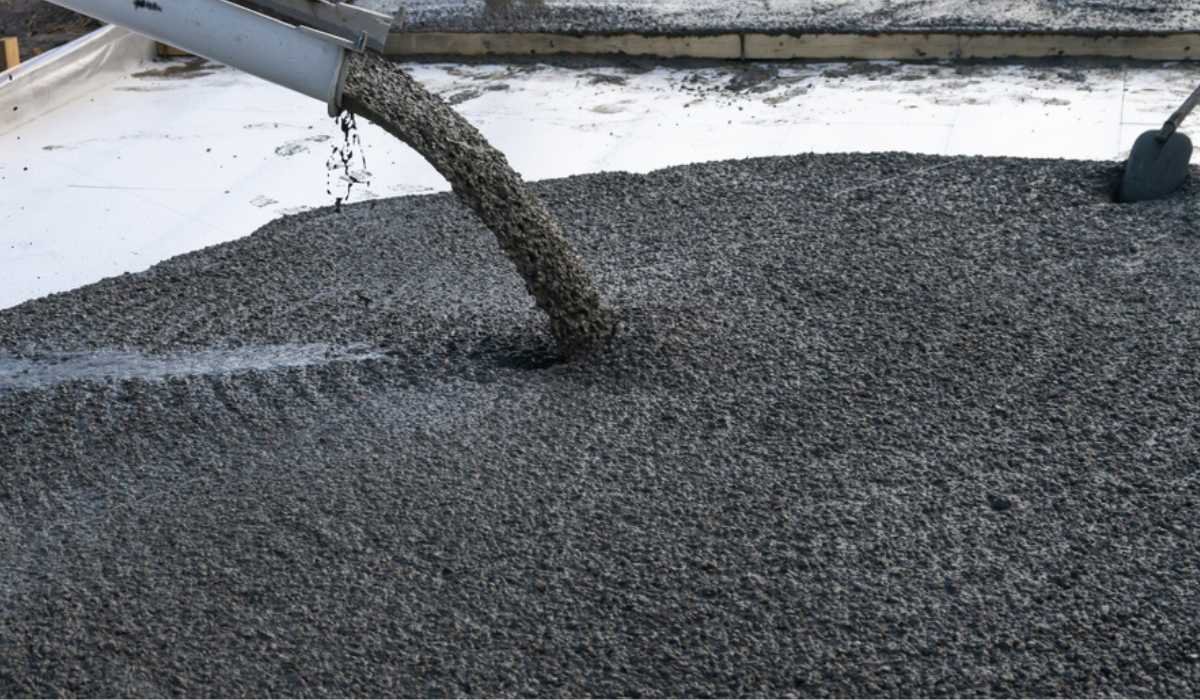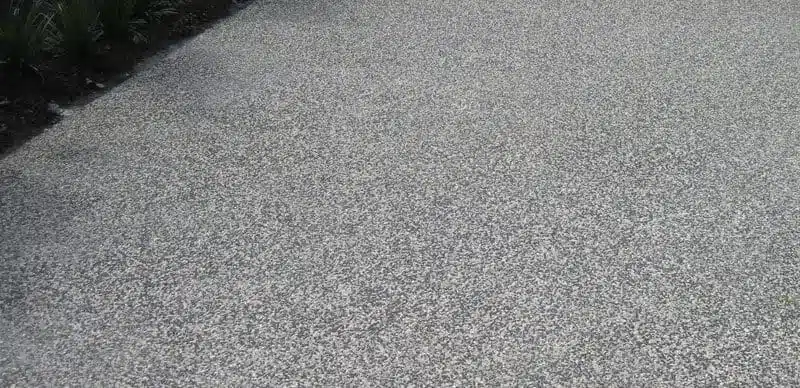Introducing the Eco-Friendly Advantages of Utilizing Recycled Concrete in Lasting Building Practices
In the world of sustainable construction practices, the utilization of recycled concrete stands as a critical yet commonly undervalued source. Past its standard applications, recycled concrete deals a myriad of environment-friendly advantages that extend far beyond the boundaries of typical building and construction products. From decreasing environmental impact to boosting cost-efficiency, the effects of integrating recycled concrete in lasting building practices are significant. This flexible material not only addresses pushing environmental issues yet likewise provides a practical remedy to the difficulties faced by the building and construction sector at big.
Ecological Benefits
By including recycled concrete right into building practices, there is a significant reduction in the need for brand-new raw materials, leading to preservation of natural sources. Furthermore, the use of recycled concrete lessens the amount of waste being sent out to garbage dumps, thus reducing ecological pollution and relieving the stress on landfill abilities (Concrete).

Furthermore, the production of typical concrete is a significant resource of carbon emissions due to the energy-intensive process of cement production. In contrast, recycled concrete has a lower carbon impact as it lowers the need for new concrete production. This decline in carbon exhausts contributes to mitigating climate change and sustains sustainable construction practices. In general, the ecological advantages of using recycled concrete are significant and play a crucial duty in advertising environment-friendly building approaches.
Cost-Efficiency
Attaining cost-efficiency is a critical factor to consider when evaluating the usage of recycled concrete in building and construction tasks. One of the crucial benefits of making use of recycled concrete is its cost-effectiveness contrasted to standard concrete.
Additionally, making use of recycled concrete can bring about savings in landfill costs by diverting concrete waste from disposal sites. This not only minimizes the environmental effect yet also eliminates the costs related to waste removal. The resilience and performance of recycled concrete are equivalent to standard concrete, guaranteeing that expense financial savings do not compromise the quality of the construction.
Resilience and Strength
Recycled concrete deals similar, if not superior, longevity and strength residential properties to standard concrete - Concrete. Through improvements in handling techniques and top quality control, recycled concrete can fulfill or exceed the performance criteria of standard concrete.
:max_bytes(150000):strip_icc()/pouring-concrete-slab-5025127_Hero-347297eb7a1f436691f9a1f22b6e1833.jpg)
Waste Decrease
When it comes to using recycled concrete, waste decrease is a key benefit that contributes significantly to ecological preservation. By including recycled concrete right into building and construction tasks, this waste is repurposed and drawn away from garbage dumps, decreasing the overall environmental impact of construction tasks.
Recycled concrete not just assists in reducing the amount of waste that ends up in landfills but additionally saves all-natural resources by decreasing the demand for new accumulated products. This process of waste reduction promotes a round economy within the construction market, where products are reused and reused to produce a more lasting market. Furthermore, the use of recycled concrete can bring about cost savings for building and construction jobs, as it is commonly much more cost effective than sourcing and delivering new products. Finally, waste decrease through the application of recycled concrete is an important part of lasting building practices that profits both the environment and the building and construction sector overall.
Power Preservation
When it comes to making use of recycled concrete in building and construction, considerable energy savings are attained compared to traditional concrete manufacturing. The procedure of creating recycled concrete involves recycling and squashing existing concrete visit this website materials, which consumes much less energy than mining, processing, and transferring raw products for brand-new concrete production.
Conclusion
To conclude, the application of recycled concrete in lasting building practices supplies various ecological benefits, cost-efficiency, toughness, toughness, waste reduction, and energy preservation. By including recycled concrete right into construction tasks, we can add to a more sustainable and ecologically friendly future. go to this site It is essential for the construction industry to prioritize making use of recycled materials to help reduce the environmental influence of building activities.
One of the crucial benefits of utilizing recycled concrete is its cost-effectiveness contrasted to conventional concrete.Moreover, the use of recycled concrete can lead to savings in landfill prices by diverting concrete waste from disposal sites. The resilience and efficiency of recycled concrete are equivalent to standard concrete, making sure that cost savings do not endanger the top quality of the construction.
